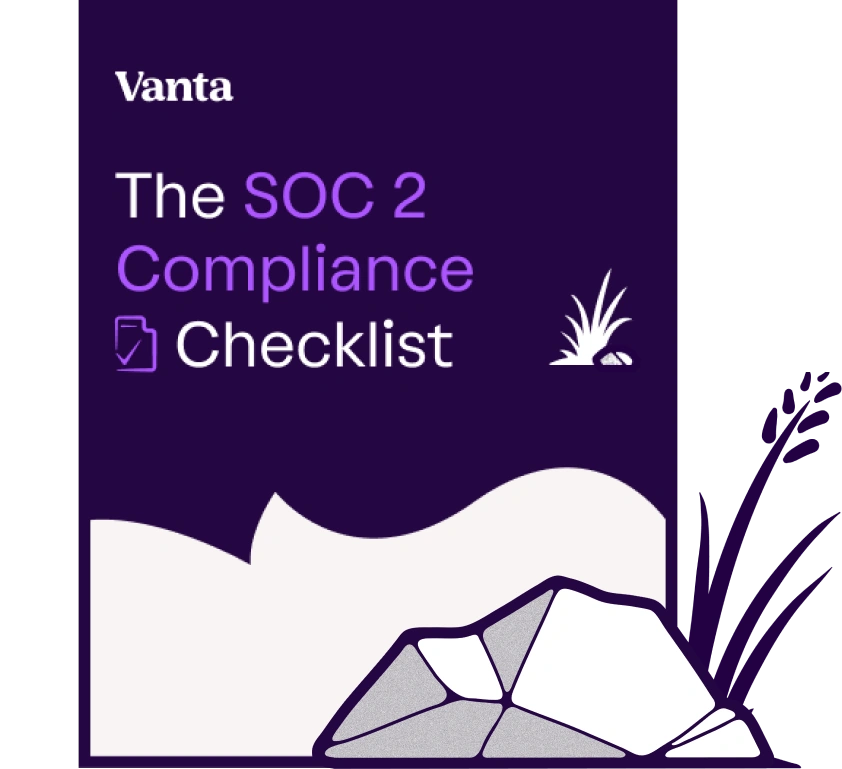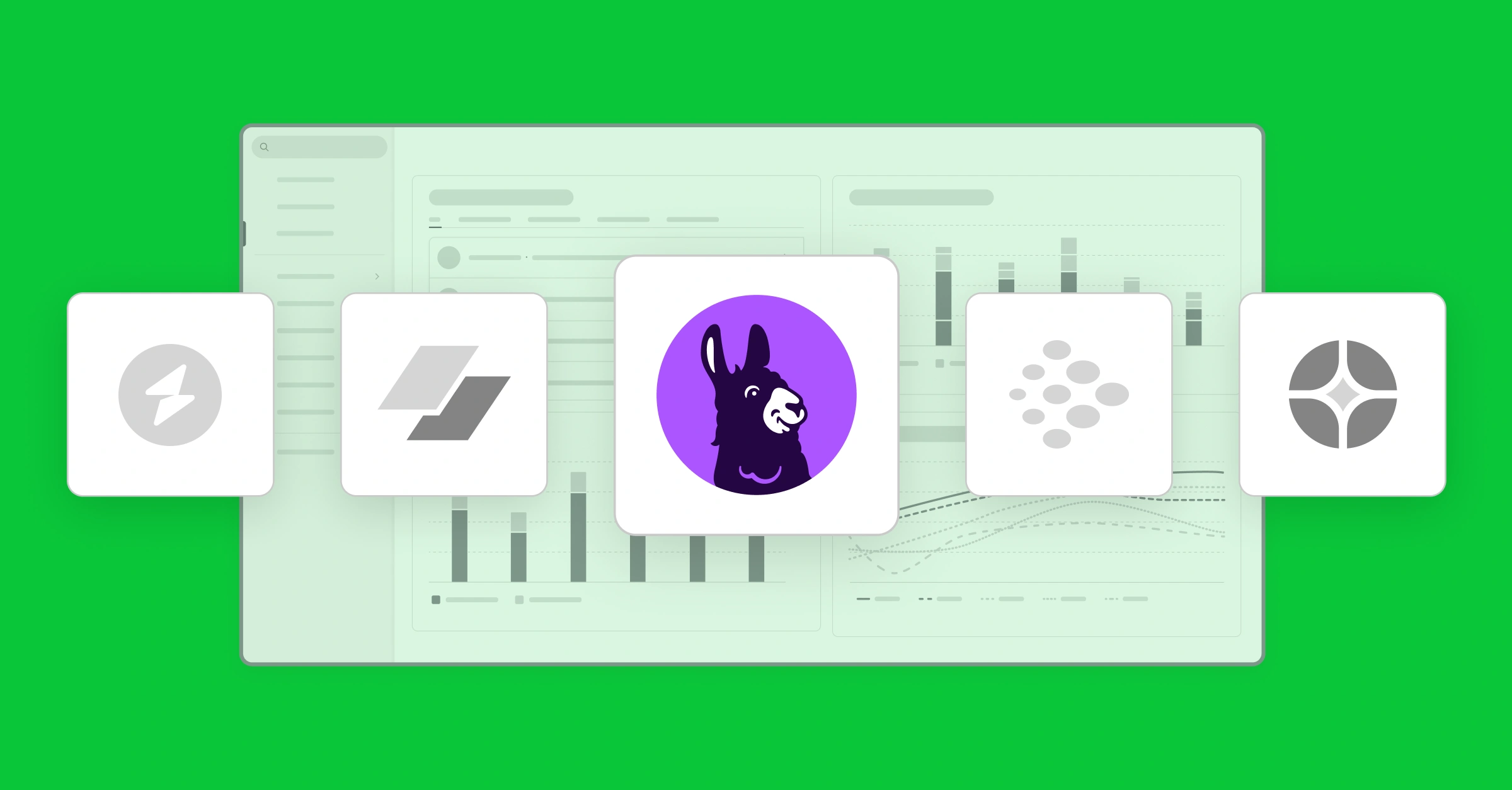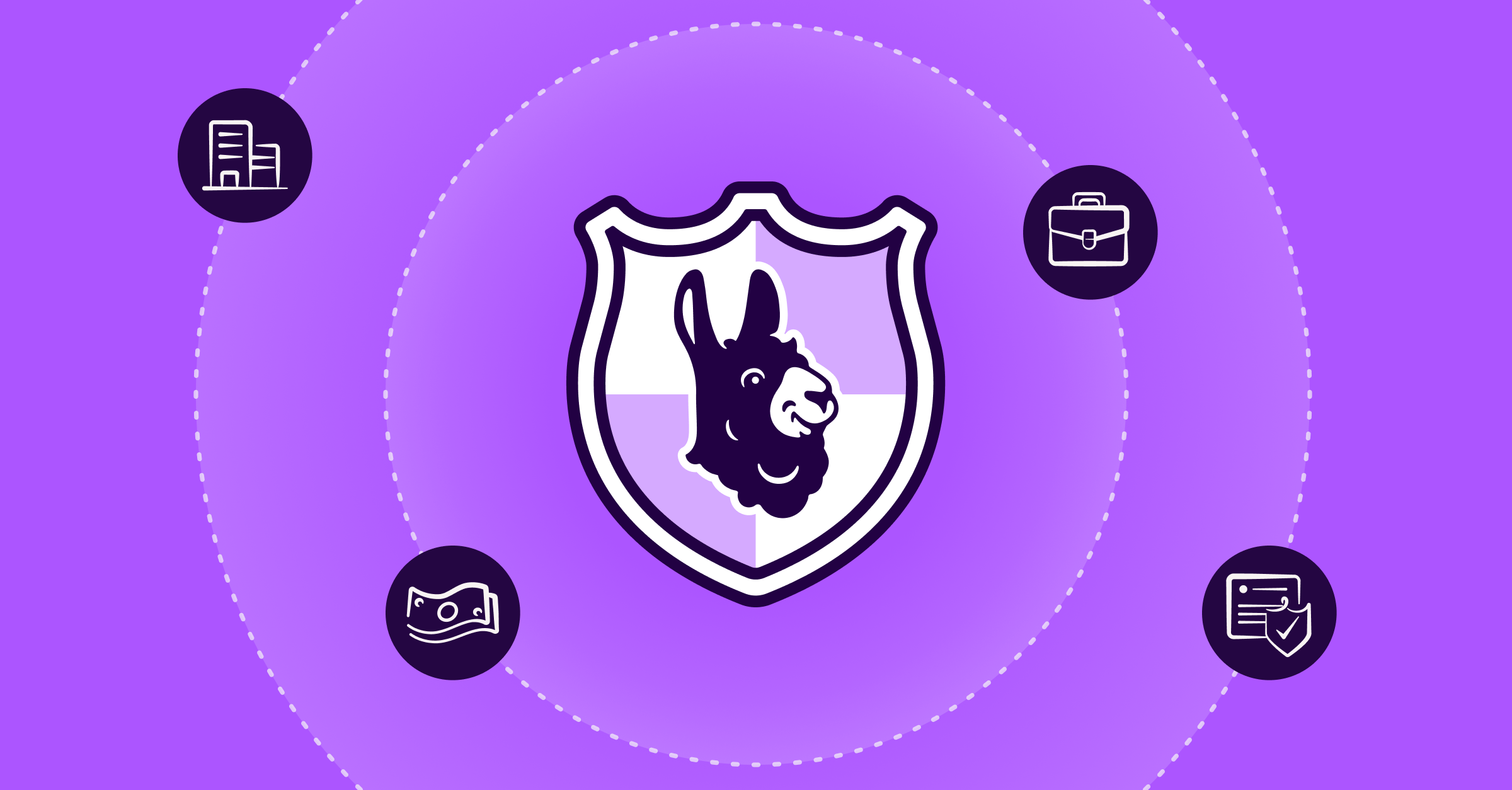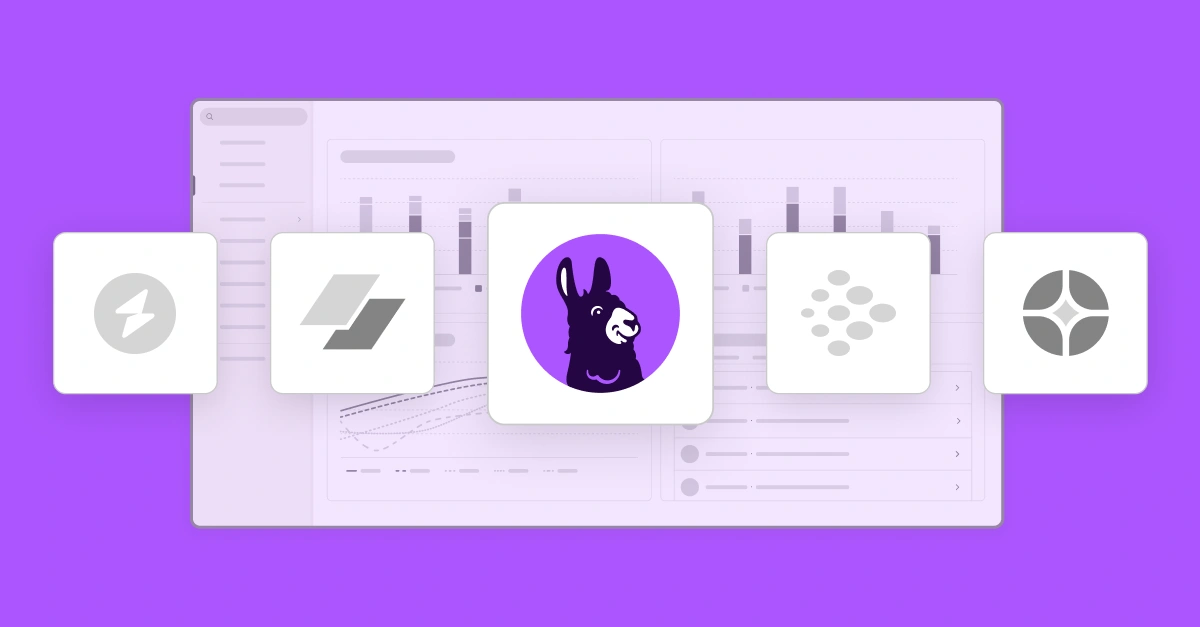Share this article
.webp)
The best security questionnaire automation software for 2025
Accelerating security solutions for small businesses Tagore offers strategic services to small businesses. | A partnership that can scale Tagore prioritized finding a managed compliance partner with an established product, dedicated support team, and rapid release rate. | Standing out from competitors Tagore's partnership with Vanta enhances its strategic focus and deepens client value, creating differentiation in a competitive market. |
Security questionnaires are now a standard part of doing business. Whether you’re closing enterprise deals or expanding into regulated markets, every buyer expects proof of your security posture—often in the form of long, repetitive questionnaires. The challenge isn’t finding the answers; it’s answering fast and consistently across formats, languages, and requirements.
That’s where security questionnaire automation software comes in. Depending on the platform, these tools do things like centralizing approved knowledge, automating responses, routing reviews to the right experts, and pushing completed answers back into buyer portals or spreadsheets—all while maintaining accuracy and auditability.
In this guide, we highlight the best security questionnaire automation software for 2025. Each platform uses automation and AI to help teams work faster, reduce manual effort, and scale trust as they grow.
The state of security questionnaires in 2025
Security reviews have become a full-time job. Nearly two-thirds of security professionals say they now spend more time proving security than improving it, and the average team dedicates more than 12 weeks a year to compliance work. Yet businesses seen as trustworthy grow up to four times faster—making the ability to demonstrate trust both a competitive advantage and an operational strain.
In 2025, organizations are turning to AI-driven automation to lift that burden. Modern tools now go beyond drafting—they coordinate entire workflows, from questionnaire intake to submission, automatically citing sources, routing tasks, automating reminders, and tracking approvals. According to an IDC report, Vanta helps customers complete security reviews 81% faster, showing how automation can dramatically reduce manual effort. The result is faster turnarounds, fewer errors, and more time spent strengthening security instead of documenting it.
How we picked these tools
We reviewed leading security questionnaire automation platforms based on how well they combine accuracy, speed, and usability. Each criterion reflects what real teams need when handling dozens—or hundreds—of questionnaires every year.
Disclaimer: To help you find the best security questionnaire software, we’ve researched and ranked a selection of leading platforms. While we may be biased about Vanta being the top option, we aim to provide a comprehensive view so you can choose the right fit for your organization.
Best security questionnaire automation software
#1 Vanta
Vanta’s Trust Center and Questionnaire Automation tools help teams turn security into a revenue driver. With Trust Centers, you can prove trust to customers before they even ask. Trust Centers let you display continuous, real-time evidence of your active controls, automate access to gated documents, and answer buyer questions with Vanta AI.
Vanta’s Questionnaire Automation speeds up questionnaires that still come through. Powered by the Vanta AI Agent, Questionnaire Automation streamlines the entire review process—from intake to submission. Generate accurate, review-ready responses in minutes by pulling from your existing security program, evidence, and knowledge base. Starting in 2026, Vanta will automatically route any questions that need human input to the right subject matter experts, send automated reminders, and loop you in for final approval.
The result: less copy-paste, fewer bottlenecks, and faster, more consistent responses that help teams focus on strengthening security—not just proving it. All you need to do is review, approve, and submit.
Ideal for: Enterprise teams that want end-to-end questionnaire automation integrated into their broader trust and compliance program; as well as startups and scaling companies that need to handle growing security review volumes quickly and confidently without adding headcount.
Key features:
- AI Agent orchestration: Automate intake‑to‑submission with an agentic workflow that drafts answers, routes owners, automates reminders, and keeps humans in the loop for approvals (coming soon).
- A smart knowledge base: Vanta’s knowledge base evolves with your program—continuously learning and improving—becoming more accurate with each questionnaire.
- AI-generated responses: Generate concise responses from your knowledge base and past questionnaires. When no exact matches exist, Vanta AI generates well-cited responses for you to review and approve.
- Tailored questionnaires for each customer: Use tags like product, region, industry, and more to automate and deliver tailored questionnaires to each customer based on their unique profile.
- Any‑format automation: Meet buyers where they are—whether that’s a spreadsheet, document, or third-party portal.
- Seamless cross-team collaboration: Assign questions to the right experts and collaborate on answers directly in Slack or email with real-time notifications for fast, seamless reviews
- Reporting and insights: Access key metrics and trends to manage workload, measure business impact, and report ROI to leadership.
- Multi‑language responses: Respond in buyers’ preferred languages to accelerate global security reviews (currently in beta).
#2 Conveyor
Conveyor’s AI-powered security questionnaire automation helps teams generate instant, precise answers to questionnaires with high accuracy. Conveyor promises to reduce “questionnaire burnout” through features like ConveyorAI-generated answers with cited sources for questionnaires, one-click auto-complete of portal-based questionnaires, reporting tools, and more. With Conveyor, teams also get a Trust Center for more automated, scalable processes, faster completed reviews, and fewer questionnaires.
Ideal for: Teams that want full-cycle automation—from Trust Center to portal submission—with strong CRM visibility.
Key features:
- Generates questionnaire answers from documents, Q&As, and external sites like shared drives, company wikis, and more
- Handles questionnaire formats including Word docs, PDFs, portals, and more
- Uses AI to generate questionnaire answers with cited sources
- One-click auto-complete questionnaires are available for portal-based questionnaires
- Integrations with tools like Jira and Slack enable cross-team collaboration
- Reporting includes detailed analytics like speed, time, precision, and coverage
#3 Loopio
Loopio is an RFP response software provider that can help teams streamline RFPs, DDQs, and security questionnaires. Loopio’s security questionnaire automation helps teams answer security questionnaires quickly and accurately through features like intelligent answer automation, project tracking, and content organization and review tools.
Ideal for: Teams that already use Loopio for RFPs and want to extend that automation and content governance to security questionnaires.
Key features:
- Automated, AI-powered responses for repetitive, commonly asked questionnaire questions
- Centralized tracking for all responses and deadlines
- Centralized content library of compliant, pre-approved answers
- Automation that detects questions in new documents, suggests responses, and exports the completed answers to their original format
- Unified workspace with project tracking, flexible user roles, review notifications, and shared milestones
- Content management that flags outdated information and automatically refreshes the library after each project
#4 Responsive
Responsive (formerly RFPIO) is a broad response management platform that supports bids, questionnaires, trust centers, and on-demand knowledge. Responsive’s Response Projects product supports security questionnaire automation with AI-generated response drafts, review workflows, and brand-compliant responses.
Ideal for: Teams that need a broad, enterprise-grade response management platform that supports both RFPs and security questionnaires.
Key features:
- Controlled answer library—with moderation, permissions, and review tracking—centralizes content
- LookUp for Chrome browser extension lets you complete online questionnaires directly in web forms, while additional LookUp integrations enable you to work seamlessly from Microsoft Office applications
- AI-assisted suggestions pull from verified content to automate questionnaire responses
- Assign work from project dashboards, keeping owners accountable and deadlines visible
- Dashboards, reports, and time-tracking features let you measure efficiency and ROI
- Author and reviewer recommendations speed routing and approvals, and improve collaboration
- AI-powered quality ratings for every generated answer evaluate trustworthiness, relevance, accuracy, completeness, and explainability
#5 SafeBase
SafeBase by Drata helps companies deflect repetitive questionnaires and accelerate security reviews by centralizing documentation, automating approvals, and guiding buyers to self-serve trusted information. SafeBase says its Trust Center-first approach reduces inbound questionnaires by 74% or more. Customers can then leverage AI Questionnaire Assistance for any questionnaires that still come through.
Ideal for: Teams that want to reduce incoming questionnaires by sharing security information proactively through a self-service Trust Center.
Key features:
- AI Questionnaire Assistance drafts answers from existing Trust Center content, uploaded docs, and prior responses
- Chrome extension imports portal questionnaires and auto-fills answers into supported web forms
- Questionnaire assignment workflow provides account-level tracking of questionnaire progress
- Revenue attribution links activity to influenced pipeline and ARR to demonstrate business impact
- Flexible tagging lets you segment content by product line
- Salesforce integration syncs customer status, enables auto-approvals, and connects security activity to CRM data
- Multi-language support allows users to upload, process, and export security questionnaires in various supported languages
Tips on how to choose questionnaire automation software
Choosing the right questionnaire automation platform depends on your team’s size, workflows, and goals. Start by identifying what’s slowing you down today—then test how each tool addresses those challenges in a live demo.
- Start with your pains: If vendor consolidation, growth, or advanced workflows are top priorities, shortlist platforms that unify questionnaire automation and GRC capabilities.
- Consider existing questionnaire process strengths: What do you like about your questionnaire process today? What processes should fit into a new questionnaire automation solution?
- Validate portal support: Ask vendors to show how they import a live portal questionnaire, handle conditional logic, and place answers back—without breaking formatting.
- Test answer quality: Bring a real or redacted questionnaire to demo day. Check for transparent citations, clear fallback behavior, and how the tool handles low-confidence answers.
- Check collaboration depth: Look for features like automated assignments, reminders, and version tracking—and make sure SMEs can work directly in familiar tools like spreadsheets or Slack.
- Tailor to your org: Confirm whether the platform supports tagging or filters by product, region, or industry, and if it can isolate workspaces while safely reusing shared knowledge.
- Measure impact: Ask how the platform reports on volumes, cycle times, acceptance rates, and influenced revenue—metrics your leadership will want in every QBR.
The best questionnaire automation software cuts busywork, scales with growth, and connects trust to revenue. Focus on real-world automation depth, not just AI claims—and choose the tool your SMEs will actually enjoy using.
Automate trust, not just answers, with Vanta
Security questionnaire automation isn’t just about saving time—it’s about scaling trust. Vanta goes beyond simple automation with agentic workflows, AI-powered intelligence, and a unified Trust Management Platform that connects questionnaires, compliance, and customer trust. Want to see how you can complete reviews faster and with more confidence with Vanta? Schedule a demo.
FAQs
What’s the difference between security questionnaire automation and RFP software?
Both reuse approved answers, but questionnaire tools prioritize security artifacts, portal workflows, NDAs, and evidence. RFP tools focus on proposals, pricing, and sales content. Many teams need both; consolidation can reduce duplicate work.
How accurate are AI‑generated answers in practice?
Accuracy depends on your knowledge base and vendor guardrails. Look for citations, confidence thresholds, required approvals, and transparent fallback behavior when content is missing. Pilot on real questionnaires and measure acceptance rates.
Can these tools handle third‑party portals without copy‑paste?
Yes—most leading platforms now support portal automation. Ask vendors to demo importing a live portal questionnaire, handling conditional logic, and submitting answers back into the form without breaking formatting.
How do we keep answers on‑brand and consistent?
Choose tools with central answer libraries, review workflows, and content governance. Some offer style controls and templates; all should support approvals and expiry to prevent stale or off‑brand responses at scale.
What should we report to leadership to prove ROI?
Track monthly volumes, cycle time, acceptance rates, and percentage completed in portals versus files. Tie Trust Center engagement and questionnaire completion to influenced revenue to demonstrate commercial impact.





FEATURED VANTA RESOURCE
The ultimate guide to scaling your compliance program
Learn how to scale, manage, and optimize alongside your business goals.
%201%20(1).svg)
















.svg)
.svg)
.png)
.png)
.png)